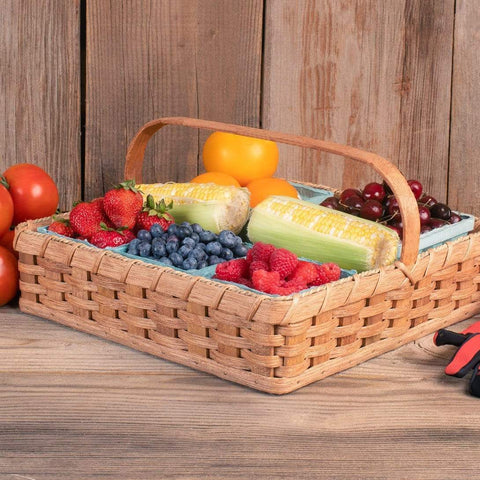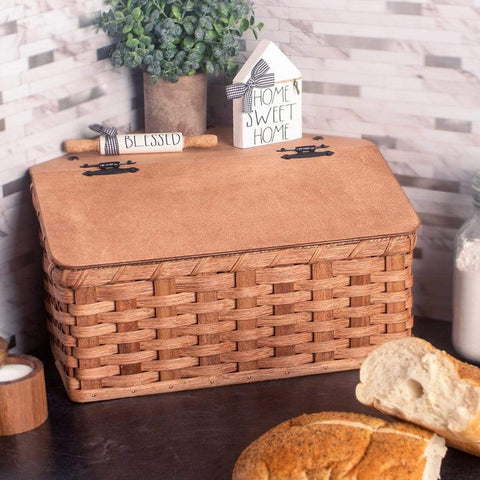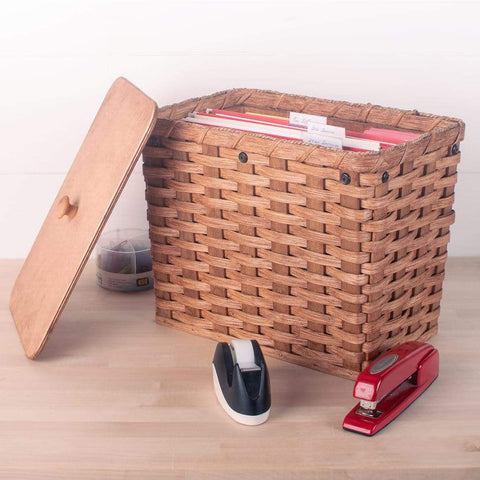The Amish are very well known for their isolation from society. They lead simple, quiet lives away from the hustle and bustle of city life. But they also have large families, which means many inhabitants of Amish communities are school-age children.
They attend their own Amish schoolhouses, just like the non-Amish attend public or private schools around the country. But how do they operate, and why are they even necessary?
If you’d like the answers to these questions and more, keep reading. We give you the facts about Amish schools in this short glimpse into the world of Amish education.
What this article covers:
History of Amish Schools
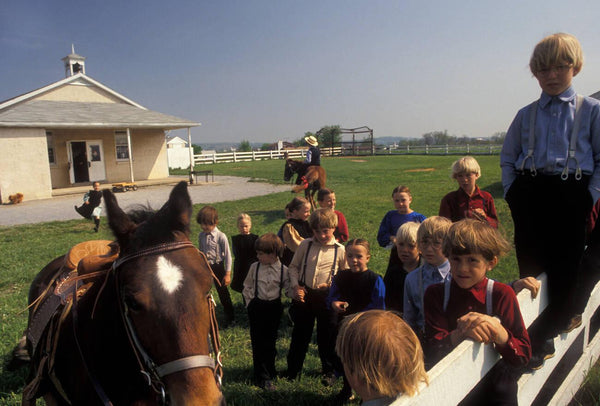
Amish school history is tied into Amish community history. The first Amish settlers arrived in the US in the 1700s. And for as long as there have been Amish people, there have been Amish communities, separate from the rest of modern society.
And as long as these Amish settlements have existed, so have Amish schools. Contrary to the myth that they are anti-establishment, the Amish people deeply value education. They just have a different approach to it than secular societies.
Because the Amish way of life was so different from the rest of the country, they saw a need for their own school system, right away. It put Amish elders at loggerheads with the US education system for many years. (more about that later).
To understand why this was so, let’s turn our attention to some Amish attitudes to education and the role education plays in the community.
Amish Attitudes To Education
The Amish earn income, sustain their communities and support their families mostly through agriculture, trades, and crafts. Apprenticeships and on-the-job training are seen as traditional methods that work.
Also, there is the feat that secular schools and their teachings will contradict and even undermine their staunch Christian beliefs. In Amish schools, a great deal of attention is given to their faith, culture, and traditions.
But that doesn’t mean that the Amish are opposed to education. It just highlights the fact that their faith and culture are of far higher importance. And the preservation of Amish traditions is of far more value than any science class.
So, do Amish go to college? Not very often, no. Some community members take correspondence courses or attend local adult education classes. These are invariably craft related. When other subjects are studied, the main one is bookkeeping, as this helps them in their own businesses.
Amish Work

Amish people aren’t afraid of hard work, in fact, they cherish it. The value of working hard for one’s living is a central part of Amish community life. This is just as well, as they are forbidden from using technology, even in the form of labor-saving devices.
Therefore, Amish schools echo this rule. They aren’t filled with computers and multimedia devices like many secular schools today. And Amish children won’t be typing away on their mobile devices every chance they get. They don’t have any.
At break time, all the kids mingle outdoors and chat or play games. They will chat and play, much like school children all over the world. The only exception is that they play with faceless Amish dolls rather than secular toys.
Amish Businesses
Besides wooden furniture making and quilt sewing, one of the Amish community’s most loved crafts is basket weaving. They learn the ancient art of wicker weaving from a young age. Passed down from generation to generation, this age-old pastime also offers Amish families a healthy income stream.
So when you purchase one of the Amish Baskets range of products, you’re getting more than just a hand-made quality product that’s beautiful, eco-friendly, and sustainably made. You’re also contributing to the livelihood and preservation of one of America’s oldest immigrant settlements.
From a garden harvest basket for your fresh produce to a rustic bread box, your kitchen will burst with Amish country charm. These are ideal housewarming gifts too and will delight your mom on Mother’s Day or your sister on her birthday.
And don’t forget the pantry and store room. They will be far less cluttered with the addition of some wicker storage baskets for the shelves. The Amish make these gorgeous products with all-natural materials, just as when they make items for their community.
Amish School Facts
Here are a few facts about Amish schools you may not know.
Amish Schools Are Private Schools
Amish schools are private schools. They are owned by the Amish community they serve, and each community usually has its own Amish schoolhouse. The school board will consist of the parents, who are responsible for everything the school needs.
They also appoint teachers, arrange salaries, and any other school-related events like fundraising or classroom improvements. No funding is received from the state, although Amish community neighbors may freely accept private donations.
The Amish education curriculum is decided on by the Amish, although it will have some things in common with outside schools.
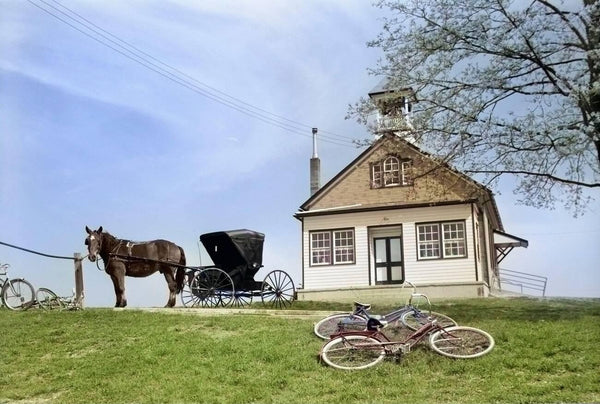
Instruction May Be Given in 3 Languages
The home language of the Amish is Pennsylvania Dutch, an old German dialect unique to their culture. But High (Formal) German is also used for Bible readings and church services. And of course, they have to be able to speak at least conversational level English when dealing with outsiders.
That means that all Amish people have to be trilingual. Hence, all three languages are taught in Amish schools, although more attention will be given to Pennsylvania Dutch. Amish schools even have books for children translated into their language, but they’re almost always religious books like Bible stories for kids.
Amish Schools Are Parochial Schools
Amish schools are not only private schools, but they’re also parochial schools. What does this mean? A parochial school is privately run by a religious institution, like a church. Parochial schools are not exclusive to the Amish. There are more than 5100 parochial schools in the US alone.
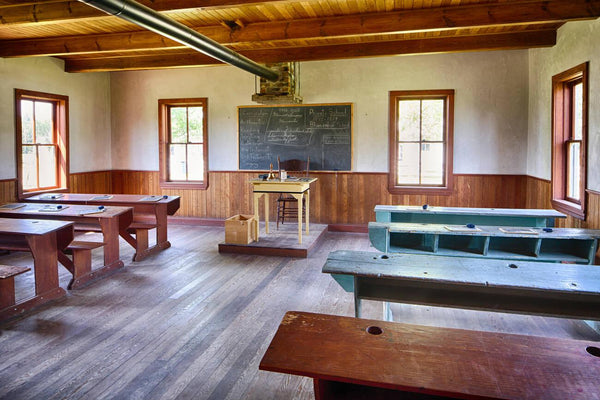
Being Amish is more than just a cultural community with traditional customs. It’s also a faith system. Amish schools are established on the principles of their conservative Christian faith. While certain secular subjects are taught, these are not held in the same esteem as spiritual instruction.
Amish school days are started with a prayer. At other times, religious instruction, Bible readings, and related activities may also be included in lessons. This is in stark contrast to secular public schools, where religion is kept out of the classroom.
The Children Don’t Attend School Past Grade 8
Amish school children don’t attend school past grade 8, and very rarely attend secular schools. But they’re not breaking any laws. The law assures them of this freedom. But this wasn’t always the case. In the past, the Amish lack of formal education caused much controversy.
But that all changed in 1972. That was the year that a groundbreaking US Supreme court case (Wisconsin v. Yoder) made its mark on the history books. The court ruled in favor of the Amish, agreeing that it violated their religious freedoms to force Amish children to attend secular schools.
It was a victory not only for Amish communities but other conservative communities as well. They could have their schools and didn’t have to attend formal schooling past the eighth grade. In keeping with this ruling, Amish schoolhouses cater to children up to the eighth-grade level.
Fun Facts About Amish Education
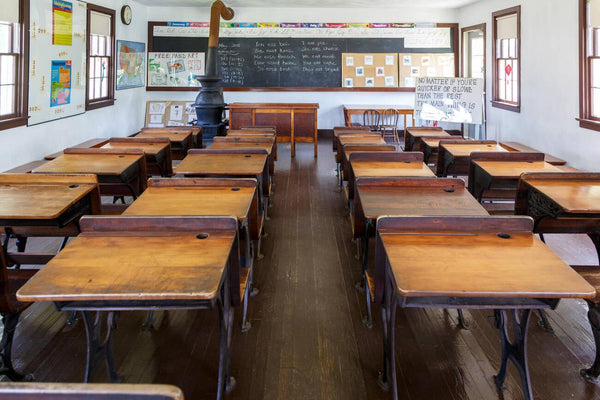
Here are some fun facts about Amish education.
Amish Communities Build Their Own Schoolhouses
The men in the Amish community build their own schoolhouses. They erect these simple structures on their own land. Sometimes, local farmers will donate a tract of and to their Amish neighbors for this purpose.
The Amish are particularly skilled in woodwork and other traditional trades. They put these abilities to good use when building barns, houses, and other buildings in their communities. And they do so freely to give their children a school, too.
An Amish schoolhouse is simple and functional, often including only one large classroom. But should the need arise for more facilities, these are easily added on.
Grades Don’t Always Have Separate Classes
One of the funniest facts about Amish schools is that they don’t always separate each grade into different classrooms. The fact is, it would be impractical to do so. Although there are many children in every Amish settlement, there will never be as many of each grade as in a secular school in the city.
Furnishings are kept plain, but it’s not all spartan. Wood furniture and curtains made by the men and women of the community are proudly used in the Amish schoolhouse. There’s usually a wicker file basket or two as well, housing books, stationery, and toys.
To make the most of their available space, they sometimes group several grades together in one classroom, with a divider running the length of the room. This can be a screen or even a curtain.
Students Clean the School Themselves
There are no janitors keeping the Amish schoolhouse neat and tidy. The children all get chores to do, to keep their school bright and clean. This teaches them responsibility from a young age, as well as pride in their school.
But they are used to being helpful as they have to do the same in the home, too. Amish people are very hardworking, and everyone young and old contributes to the community’s well-being in some way.
Teachers Come from Within the Community
This was one of the main causes for concern before that court case ruled in favor of the Amish. Amish teachers are usually not formally educated and qualified teachers. They generally come from within the community they serve.
Most young women will take up a teaching post before getting married and starting families of their own. And should one not be available, one of the mothers will lend a hand. Teachers are almost always female.
It is very rare indeed for an Amish schoolhouse to have a male teacher. There is no rule expressly forbidding it, but it is a rare sight. In Amish society, women are viewed as caregivers and teachers. The men are more likely to be involved in manual labor like woodwork or farming.

Conclusion
The facts about Amish schools are not nearly as mysterious as many outsiders think. The main difference between Amish and secular education is in their focus. Amish education centers around the Amish faith and culture.
Although basic literacy, arithmetic, and other subjects are taught, the Amish way of life is the foundation of all Amish schoolchildren learn. This is what prepares them for a life of piety, hard work, and faith in their long-held traditions.
Did You Find Our Blog Helpful? Then Consider Checking:

